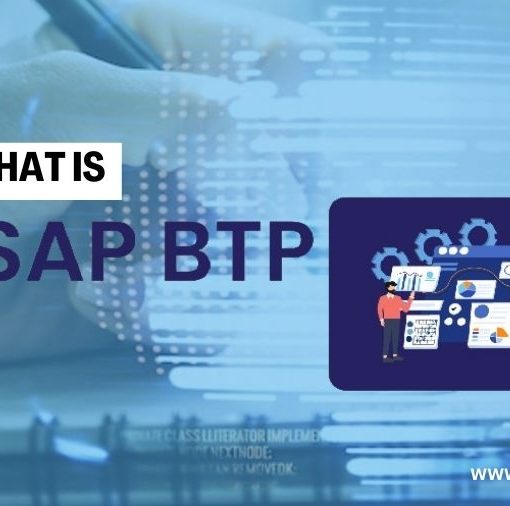In the dynamic landscape of software development, the Agile methodology has emerged as a beacon of innovation and efficiency. Agile Development represents a paradigm shift from traditional approaches, emphasizing flexibility, collaboration, and customer satisfaction.
Principles of Agile
Iterative and Incremental Development
Agile promotes breaking down the project into smaller, manageable parts, allowing for continuous refinement and improvement.
Customer Collaboration over Contract Negotiation
Unlike rigid contracts, Agile prioritizes continuous collaboration with clients, ensuring the end product aligns with their evolving needs.
Responding to Change over Following a Plan
Agile embraces change as a natural part of the development process, fostering adaptability in the face of evolving requirements.
Agile Methodologies
Scrum
Scrum is a widely adopted Agile framework that divides work into time-boxed iterations, known as sprints, promoting regular reflection and adaptation.
Kanban
Kanban focuses on visualizing work, limiting work in progress, and maximizing flow, providing a more continuous delivery approach.
Extreme Programming (XP)
XP emphasizes customer satisfaction, teamwork, and technical excellence, incorporating practices like pair programming and continuous integration.
Benefits of Agile
Enhanced Adaptability
Agile allows teams to respond quickly to changing requirements, reducing the risk of delivering obsolete or irrelevant solutions.
Faster Time-to-Market
By breaking down the project into smaller increments, Agile accelerates the development cycle, enabling quicker releases and updates.
Improved Collaboration
The emphasis on communication and collaboration within Agile teams fosters a culture of shared responsibility and mutual support.
Agile Development Life Cycle
Agile development is a cyclical process comprising planning, development, testing, deployment, and continuous improvement. This iterative approach ensures ongoing refinement based on feedback.
Common Challenges in Agile
Overemphasis on Speed
In the pursuit of agility, some teams may prioritize speed over quality, risking long-term success for short-term gains.
Resistance to Change
Implementing Agile requires a cultural shift, and resistance from team members accustomed to traditional methodologies can pose challenges.
Lack of Experienced Team Members
Agile demands skilled and adaptable team members, and a shortage of experienced professionals can hinder its successful implementation.
Agile vs. Waterfall
Contrasting Agile with the traditional Waterfall model highlights the benefits of adaptability and collaboration in Agile, while acknowledging the structured planning of Waterfall.
Implementing Agile in Different Industries
Agile methodologies extend beyond software development, finding success in industries as diverse as marketing, healthcare, and manufacturing.
Agile Leadership
Effective Agile leaders exhibit characteristics such as adaptability, transparency, and a commitment to fostering a collaborative team culture.
Tools for Agile Development
A plethora of project management tools and collaboration platforms support Agile development, enhancing communication and transparency.
Agile and Remote Work
Agile principles can be adapted to remote work, necessitating innovative approaches to communication and collaboration.
Scaling Agile
For large organizations, scaling Agile requires strategic planning and the adoption of frameworks like SAFe (Scaled Agile Framework) and LeSS (Large Scale Scrum).
Agile and Customer Satisfaction
Agile’s iterative nature, coupled with continuous customer feedback, ensures that the end product aligns closely with customer expectations.
The Future of Agile
As technology evolves, Agile methodologies are expected to integrate with emerging technologies, ensuring their relevance in the ever-changing landscape of software development.
Conclusion
In conclusion, Agile Development represents a transformative approach to software development, fostering collaboration, adaptability, and customer satisfaction. Embracing Agile principles requires a cultural shift and a commitment to continuous improvement. As we navigate the modern software seas, adopting Agile methodologies positions teams for success in an era of rapid change.
FAQs
- Is Agile only suitable for software development?
- No, Agile principles have found success in various industries beyond software development, including marketing, healthcare, and manufacturing.
- How does Agile promote customer satisfaction?
- Agile prioritizes continuous customer collaboration and feedback, ensuring that the end product aligns closely with customer expectations.
- Can Agile be implemented in remote work settings?
- Yes, Agile principles can be adapted to remote work, requiring innovative approaches to communication and collaboration.
- What are the key characteristics of effective Agile leaders?
- Effective Agile leaders exhibit traits such as adaptability, transparency, and a commitment to fostering a collaborative team culture.
- How does Agile differ from the Waterfall model?
- Agile emphasizes adaptability, collaboration, and iterative development, while Waterfall follows a structured, sequential approach.
You may be interested in:
Mastering SAP Implementation: Tips and Best Practices





